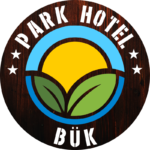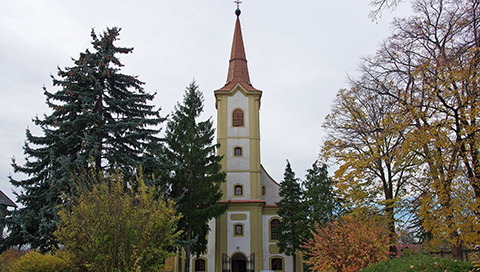Lutheran Church
In the first decades of the 16th century, the Reformation brought spectacular changes to the religious culture that had seemed to be unified up until that point, and spread incredibly fast across western Europe. The new approach quickly appeared in Bük: the congregation of Bük was founded in 1783, and it successfully obtained the permission to build its church in 1784. As a result of this exemplary cooperation, after a year and a half of work, the Lutheran Church—located around 600 meters from Park Hotel—was inaugurated and consecrated on the First Advent Sunday of 1785.
The first chapter of the building’s history remains a mystery, as all related documents and records were destroyed by the first great fire in Bük in 1837. Interestingly, the original building did not have a tower, a bell hanging on a belfry in the courtyard called our ancestors to prayer.
A new tower was added to the building of late Baroque style in 1826 that bears style elements of the classicistic architecture.

